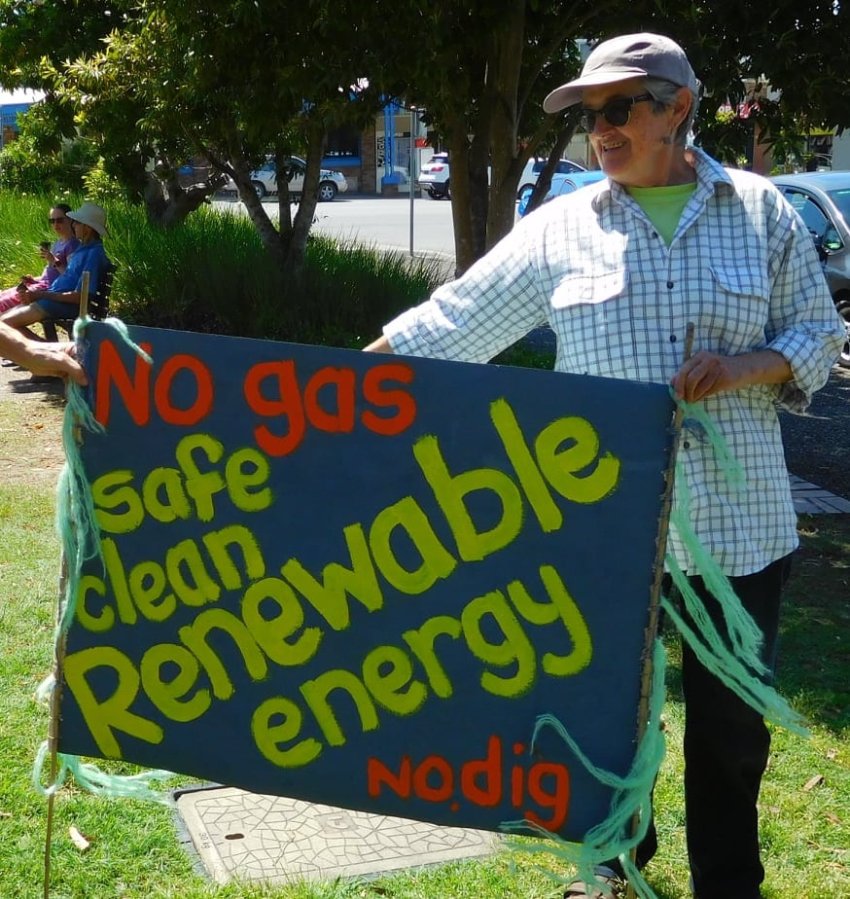
New South Wales energy minister Matt Kean released the NSW Electricity Infrastructure Roadmap on November 9, saying the government is responding to community concerns about reducing emissions and energy costs.
But is it? In contrast to the federal government’s gas-led recovery push, the NSW renewable roadmap sounds better. However it still defines “natural” gas as being part of the renewables mix, alongside wind, solar and storage.
The scheme is also based around supporting private energy corporations: it says it will lower electricity bills and carbon emissions and create around 10,000 jobs and 12 gigawatts (GW) of wind and solar power with 2 GW of storage. To do this, it needs to attract about $32 billion in private investment.
Kean said four out of the state’s five coal-fired power plants will be phased out over 15 years and pumped hydro will take over the state’s baseload power capacity.
His plan includes “cutting red tape” to speed up approvals in renewable energy zones in the central west, New England and near Wagga Wagga. Reverse auctions will be encouraged so companies can bid on rock bottom prices.
Kean said the new infrastructure would “save NSW households an average of $130 and small businesses an average of $430” a year and that NSW would be building more renewable energy than Victoria and Queensland combined over the next decade.
The transition away from coal-fired power, Kean said, started from an allocation of $50 million in grants from the state budget.
Labor MLC Adam Searle welcomed the government’s plan, saying after a “decade of delay” NSW is in “a race against time to deliver the cleaner energy supply needed”.
He said local jobs and manufacturing must be given priority in any grants or tenders awarded to the private sector. After Labor MP Kate Washington criticised the roadmap for not mentioning local manufacturing, Kean said a new Manufacturing Renewables Taskforce would be set up.
Kean’s roadmap states that new gas power stations, scheduled to be built near Newcastle and Kurri Kurri, have the potential to be transformed into hydrogen stations to produce hydrogen from gas.
This is despite the fact that green hydrogen — made from solar and wind — is predicted to become more economic by the end of the decade.
Greens MLC David Shoebridge said that while the government had finally recognised the need to shift to renewable energy, the focus of the Electricity Infrastructure Investment Bill needs to be on green hydrogen and publicly-owned, rather than private, energy.
The Greens were successful in getting the government to include green hydrogen in the bill and a guarantee of $50 million in funding. It is, however, still unclear how this will be used in conjunction with hydrogen made from gas.
As for lowering energy prices to consumers, a simple solution would be to take energy back into public hands. An Australia Institute report from last year estimated that privatising electricity costs households more than $200 per year in wasteful advertising, unnecessary sales staff and finances and banking. It estimated that real output per employee in the electricity sector fell by 37% between 2000 and 2018.
Flame out: the future of natural gas, a new report by the Grattan Institute released on November 15, stated that gas would not “deliver a meaningful boost to manufacturing” and that the economic benefits are “too small to materially help the economy recover after the COVID recession”.
Studies have linked unconventional gas fracking in rural areas to adverse health impacts, including neurological, reproductive and cardiovascular problems. Measured over a 20-year period, methane, the primary component of natural gas, is 84 times more potent than carbon dioxide as a greenhouse gas.
The NSW roadmap seeks to reduce the state’s CO2 emissions by a total of 90 million tonnes by 2030. NSW government data states that emissions over 2016–17 were 131.5 million tonnes carbon dioxide equivalent, with stationary energy (which generates heat and electricity) the largest contributing sector.
To combat the impact of climate change, a lot more needs to be done, including preventing deforestation, as highlighted by the November 5 Climate Action Tracker report. Australia is a world leader in deforestation rates and animal extinction.
The United Nations 2030 Agenda for Sustainable Development currently ranks Australia 38 out of 162 countries, well below most OECD countries. There is more than enough evidence that a publicly-owned gas-free renewable energy roadmap is in the country’s (and the state’s) best interests.